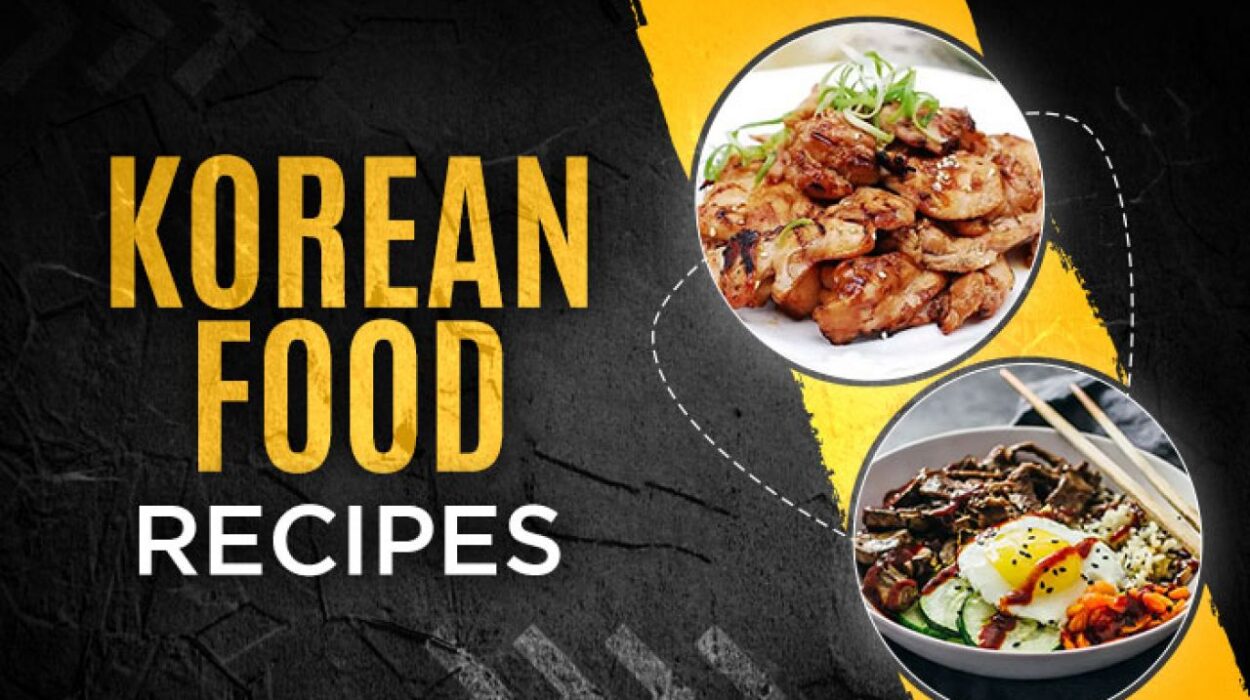Mayak gimbap
Mayak is a popular variety of South Korean rice rolls (gimbap). These mini variations of the conventional roll are composed of rice, toasted seaweed, and also dental fillings that generally consist of carrots, pickled radish, as well as spinach. Unlike the standard gimbap, mayak is never sliced.
The rolls are sprayed with sesame seeds, while soy sauce as well as mustard dip is generally served on the side. It is believed that mayak rolls stemmed at Gwang-jang market in Seoul. Their fascinating name translates as narcotic, not as a result of the presence of an illegal compound, but because once you try these mini rolls, you will always be starving for more.
Chungmu gimbap
As the name suggests, this gimbap (kimbap) variety stemmed in Chungmu– present day Tongyeong City. These easy rolls are prepared with rice that is covered in toasted seaweed. Typically thin and also virtually bite-size, the rolls never ever consist of any kind of other additions, as well as they are always offered with radish kimchi and also spicy squids.
The story of their origin says that this plain version of gimbap was developed by fishermen’s partners who desired to give their spouses a nutritious lunch that would certainly not go negative during the long days spent at sea.
Chamchi gimbap
This gimbap (Korean rice roll) is made with tinned tuna. Apart from rice and also fish, the dental fillings may consist of various other ingredients that are generally used in gimbap such as fresh or pickled vegetables, eggs, or fish cakes, while the tuna is often mashed and after that combined with mayo, mustard, and flavors.
The roll is generally covered in toasted algae, and also it is offered cut into little, bite-size pieces.
Samgak gimbap
Samgak is a triangle-shaped range of gimbap– South Korean rice roll. It consists of various fillings that are nicely placed inside a piece of triangle-shaped rice. The bags are then wrapped in seaweed (gim) and are normally in addition covered with a thin plastic wrapper, which allows the gimbap to stay fresh for a prolonged period.
This gimbap was motivated by the Japanese onigiri, a similar triangle-shaped sushi selection, however the dental fillings were adapted to Korean preference, and traditionally include various mixes of kimchi, tuna, bulgogi, or gochujang paste.
Kimchi bokkeumbap
Kimchi bokkeumbap is a simple South Korean meal made with a mix of deep-fried rice as well as kimchi. It is considered to be a fantastic method to make use of leftover kimchi. The recipe can likewise be improved with added active ingredients such as meat, veggies, and soy sauce.
For the most part, kimchi bokkeumbap is covered with a deep-fried egg before serving, although it can likewise be garnished with sesame seeds, finely sliced green onions, or gim. Since it is very simple to prepare, inexpensive, and comforting, the meal is a favorite among South Korean trainees.
Injeolmi
Injeolmi are typical South Korean steamed rice cakes. They are prepared by steaming as well as pounding rice into a flexible dough which is then rolled as well as generously dusted with roasted soybean powder. The selections include ssuk injeolmi, which includes mugwort powder, or kkaeinjeolmi, which is dusted with black sesame.
According to a tale, these cakes were created by a commoner Yim that supplied them to the king Injo after he took off Seoul as a result of a rebellion. To reveal his gratitude, the king called the recipe after its creator. Nowadays, injeolmi is primarily delighted in on special events, as well as it is normally served cut right into bite-sized rectangle-shaped items.
Tteok
Tteok are conventional Korean rice cakes that are prepared with glutinous or non-glutinous rice. The cakes are extremely versatile, as well as although they are mainly wonderful and also appreciated as a dessert, some simple ranges can be integrated into full-flavored recipes. Here is the link of airfood recipe
The common prep work consists of steaming, pounding, or working the rice up until it transforms into a flexible dough which can optionally be enhanced with different components and formed into numerous kinds. The most prominent tteok ranges consist of songpyeon, chapssaltteok, garaetteok, gyeongdan, along with a lot more typical and modern-day versions.
Tteokbokki
Tteokbokki is a zesty stir-fried meal that normally includes cylinder-shaped rice cakes, pleasant red chili sauce, as well as fish cakes. It is considered to be one of the top street food items in Korea, and also can typically be purchased from street vendors referred to as pojangmacha.
The meal originated throughout the Joseon Dynasty duration, when it was used as a treatment, as well as it was likewise among the royal court’s dishes. Originally, tteokbokki was called tteok jjim, a braised meal of sliced rice cakes, meat, eggs, and seasonings.
Kimbap
Commonly described as Korean sushi, kimbap is a Korean recipe consisting of seaweed (kim), experienced rice (bap), and also various other, optional ingredients that are usually rolled, sliced, and offered. Nearly anything can be included in the roll, however the most usual components are fishcakes, meat, spinach, eggs, and also cucumbers.
There are numerous concepts regarding the origin of the kimbap. Numerous believe that it is a Korean take on Japanese sushi. Others say that it is a variation of kimssam, a wrap containing rice as well as algae. No matter of the beginnings, kimbap stays among the most preferred Korean recipes.

